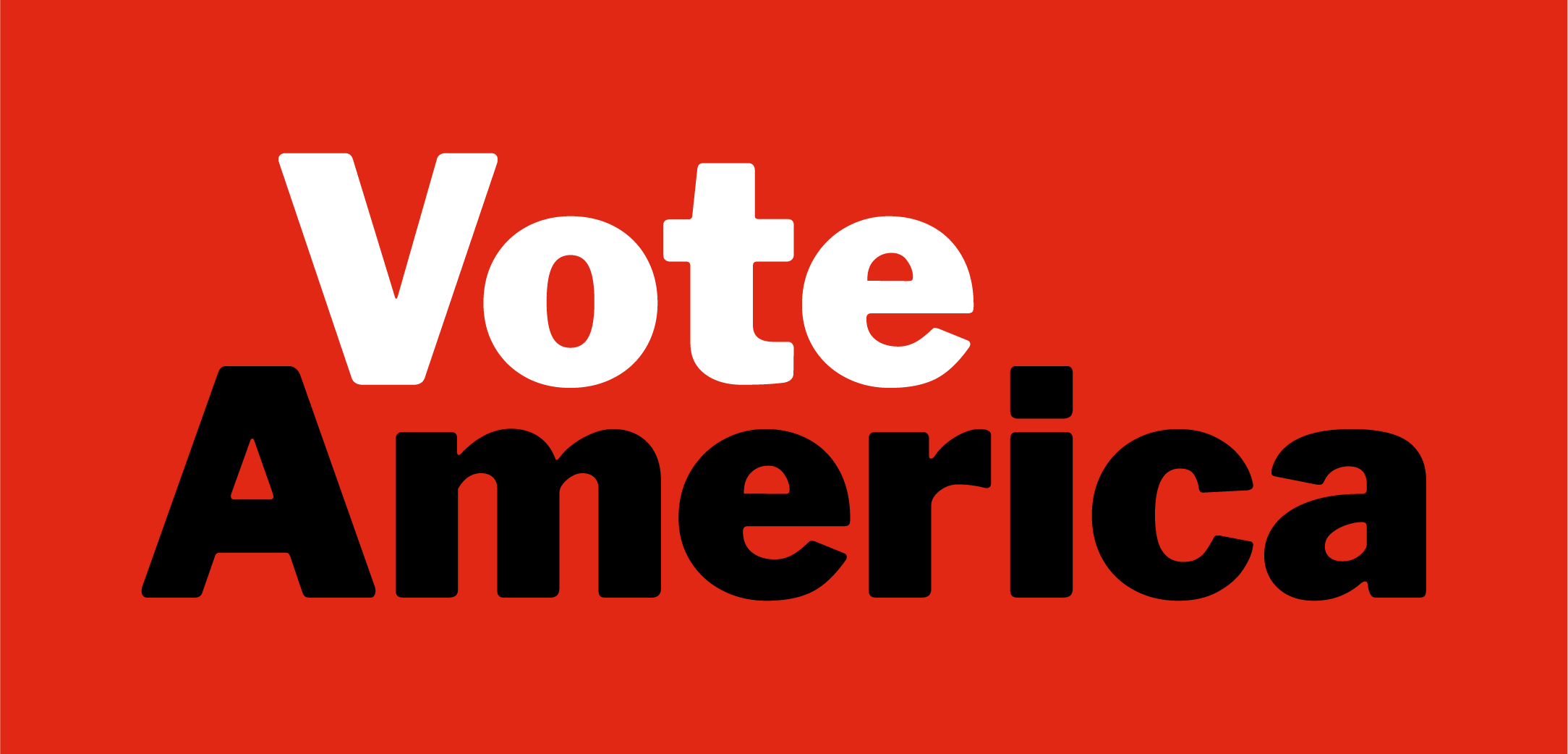The Nurse’s Guide to Voting
 Credit: Getty Images
Credit: Getty Images The 2020 election is poised to be historic. Americans must navigate the reality of voting during a pandemic, while also choosing between two starkly different candidates: President Donald Trump (R) and former Vice President Joe Biden (D). Many issues are at stake during the election, and healthcare is among the most important to American voters, according to a recent poll by the Pew Research Center. This comes at no surprise, as the U.S., along with the rest of the world, struggle to contain the deadly COVID-19 virus. When it comes to issues of healthcare in the 2020 election, nurses vote with an in-depth understanding of how the healthcare system works, and how it can be improved. As members of the largest healthcare profession, nurses truly have an impactful collective voice with their votes. Ultimately, this election could have an enormous impact on healthcare in the United States.
Disclaimer: NurseJournal is not affiliated with any political party, nor do we promote any particular candidate for office. Our goal is to provide information about issues that might be relevant to nurses and healthcare professionals, as well as resources to help them vote on the issues that matter to them.
“Civic duty is incredibly important, as our votes affect our healthcare directly by having legislature and policy-shaped programs that can benefit patients and their health,” says Jenneh Rishe, registered nurse and founder of The Endometriosis Coalition in California.
Understanding where each candidate stands on critical healthcare policy issues may seem complex. This healthcare election guide outlines policy priorities relevant to nurses, and summarizes each candidate’s stance on major healthcare issues. The guide also walks you through voter registration, and how to vote while avoiding crowded polling places on Election Day. Where Biden Stands on Healthcare Issues
Some of Biden’s major healthcare policies in the 2020 election include battling the COVID-19 pandemic and the ongoing opioid epidemic. Biden also plans to reduce the high cost of prescription drugs, impose restrictions on big pharmaceutical companies, and add healthcare jobs to high-need rural and urban communities. Additionally, since Biden served as President Barack Obama’s vice president, it comes as no surprise that he supports — and plans to expand — the Affordable Care Act (ACA). Read on to learn more about Biden’s major healthcare goals. You can also find out more information about his campaign on his official website.Where Trump Stands on Healthcare Issues
Trump outlines general healthcare policy goals for a second term on his campaign website, although specific details on these goals remain scarce. The president’s priorities include lowering prescription drug prices, lessening insurance premiums, covering pre-existing conditions, giving veterans good-quality healthcare services, and protecting Social Security and Medicare. Throughout his presidency, Trump has also attempted to repeal the ACA in order to replace it with a competition-based healthcare marketplace. You can read more details about his current stances and past actions on major healthcare issues below.Preparing For the Upcoming Election
An informed voter is the most responsible voter. Of course, your knowledge can only make a difference if you actually vote. If you’re a U.S. citizen over the age of 18, you have the right to vote. Exercising your right to vote, however, takes a bit more work. You must register to vote and then decide how to cast your ballot. Most states provide the option of either voting in-person at your polling place on Election Day, or voting by mail. Many people are choosing the latter option as a result of the COVID-19 pandemic. You can read more about how to approach these options below.Important Voting Deadlines to Know
When it comes to voter registration, early voting, and mail-in and absentee ballots, deadlines vary by state. You should check with your local election officials to mark your state’s specific deadlines. If you’re not sure where to look, Vote America’s local election office directory can help you get in touch with your local election officials.Deadlines to Double Check:
How Nurses Can Advocate for Patients
As we’ve outlined above, this election has enormous consequences for a variety of healthcare issues. Nurses are uniquely situated to vote with an informed, insider perspective of the healthcare system. They know the weaknesses and strengths of the system, and they can use the power of their vote to make a difference in how the system operates. “The perspective that nurses offer is a unique one compared to other healthcare professions,” says Rishe. “There are aspects of care and insights that we are able to recognize due to the intimate amount of time we spend with each patient.” “We can see what’s working, and what’s not,” she adds. If you’re not registered to vote and not sure how, visit Vote America for a general overview of voter registration and how to find your polling place. You can also learn more through several nursing and healthcare-specific voting campaigns. The list below introduces some of these nationwide initiatives.Nurses Vote 2020The American Nurses Association (ANA) sponsors this campaign, which educates nurses on voting issues that affect them. The campaign lays out the ANA’s priorities, which includes COVID-19, the opioid epidemic, and workforce development. The ANA also prioritizes healthcare transformation, which includes optimizing preventative services and offering a universal standard healthcare package to patients. Nurses can use the ANA portal to check whether they are registered to vote, or to get involved in campaigning. |
Nursing Voices, Nursing VotesThe American Association of Colleges of Nursing (AACN) describes itself as “the national voice for academic nursing.” The AACN also runs this initiative, a nonpartisan effort to encourage nursing students and faculty to vote in November. The campaign offers information on how to register to vote in every state. Participants can find out more by completing an online form. |
Med Out the VoteThe American Medical Student Association (AMSA) organizes this initiative to advocate for students within the healthcare field to vote. Students can participate in this campaign by encouraging peers on their campus to vote. AMSA offers resources and kits students can use to register their classmates, friends, and family members to vote. |
VotERUnlike the other campaigns on this list, VotER isn’t sponsored by any specific organization. VotER is an independent nonprofit organization and a collaboration between healthcare professionals, designers, and behavioral scientists. The organization believes in community education and civil engagement, and it sends “healthy democracy kits” to participating healthcare facilities across the United States. These kits include badges with QR codes; nurses and doctors wear these badges to help patients easily register to vote on their own. |
Civic Health MonthThis collaboration brings together healthcare organizations and workers to support the connection between voting and healthcare. August is officially Civic Health Month, but the organization still offers several resources online. Visitors can watch webinars from physicians, social workers, and medical students.They can also access voting guides and pick up voter registration tips. The organization’s blog shares educational articles about social determinants of health and the power of voting during a pandemic, among other topics. |


